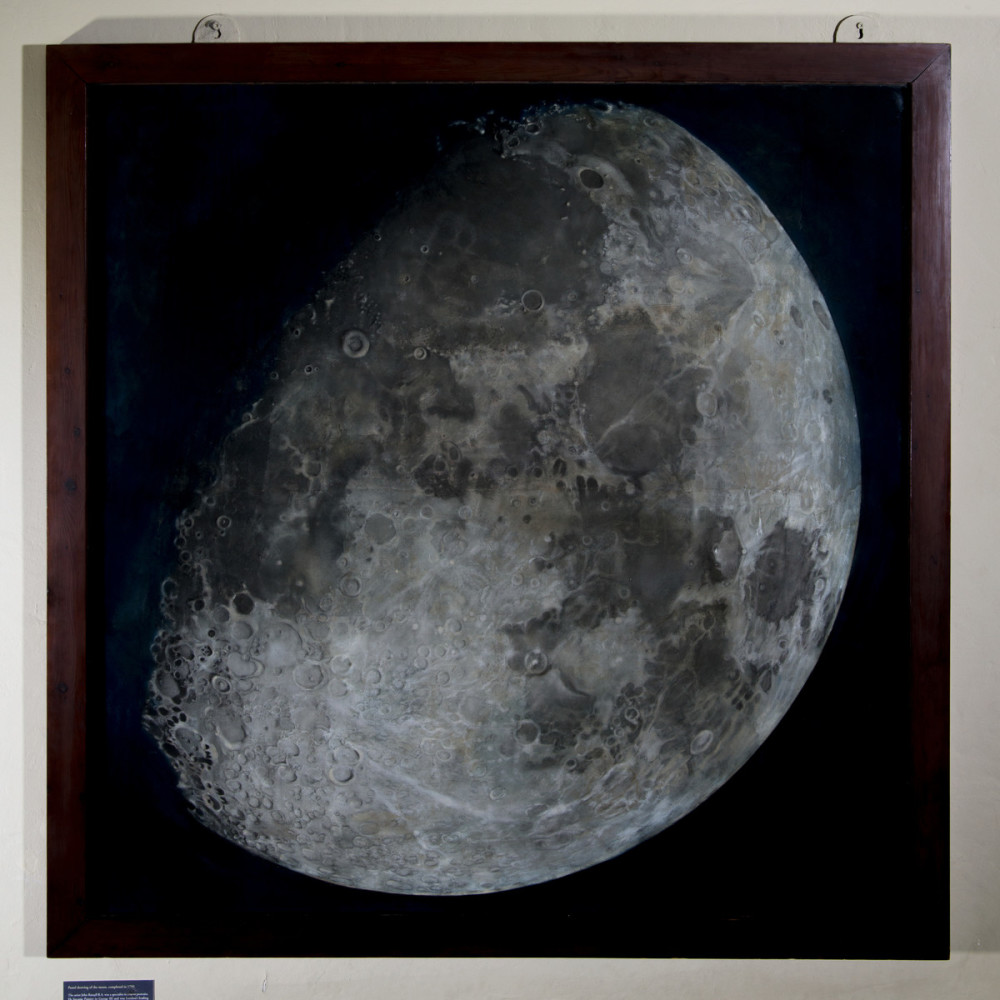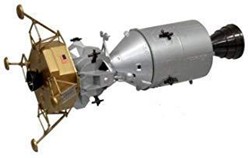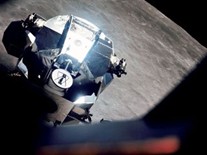One Giant Leap…
Chris Parkin, the Museum’s Lead Learning Officer, reflects on the Museum’s Apollo 11 celebration, ‘One Giant Leap…’
20th July brought a plethora of commemorative events celebrating the 50th anniversary of the Apollo 11 moon landing and those first steps taken by Neil Armstrong as he uttered the famous words, “One small step for a man; one giant leap for mankind.”
But for a Museum with little in its collection from the second half of the 20th-century save a Sinclair pocket calculator, circa 1975 – I just about remember it as a school boy and the clicky feel of its buttons and purple readout – this occasion presented something of a challenge of how we should celebrate.
For the family event ‘One Giant Leap’ we took a different tack, celebrating instead the giant leap made by the invention of the telescope in the early 17th-century beginning with Galileo’s drawings of the moon and those of his English contemporary, Thomas Harriot.
Visitors were invited to peer through replica models of Galileo’s telescopes at images of the moon and to draw what they saw – quite a challenge when the aperture of his telescope would barely span a quarter of the moon in one go. This little girl certainly rose to the challenge recording the topography of the moon in a beautiful pencil drawing.
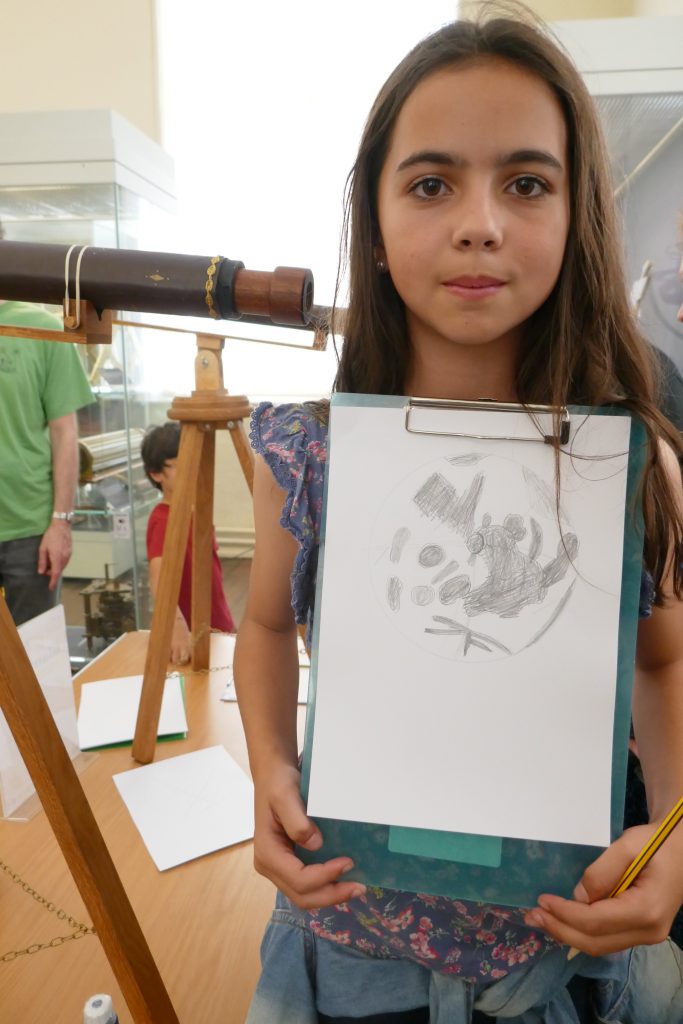
Among the better known exhibits at the Museum are a superb pastel drawing of the moon by the celebrated 18th-century artist, John Russell, which hangs in the entrance stairwell and his ‘selenographia’, a moon globe for which he provided the detailed artwork drawn through a Herschel-type telescope. This inspired another activity during making moon globes. Using images provided by NASA converted into gores (the lozenge-shaped pieces from which are pasted onto a sphere to make the globe), up to 40 moon globes were made by visitors over the course of the event. Visitors were invited to identify their ideal landing spot!
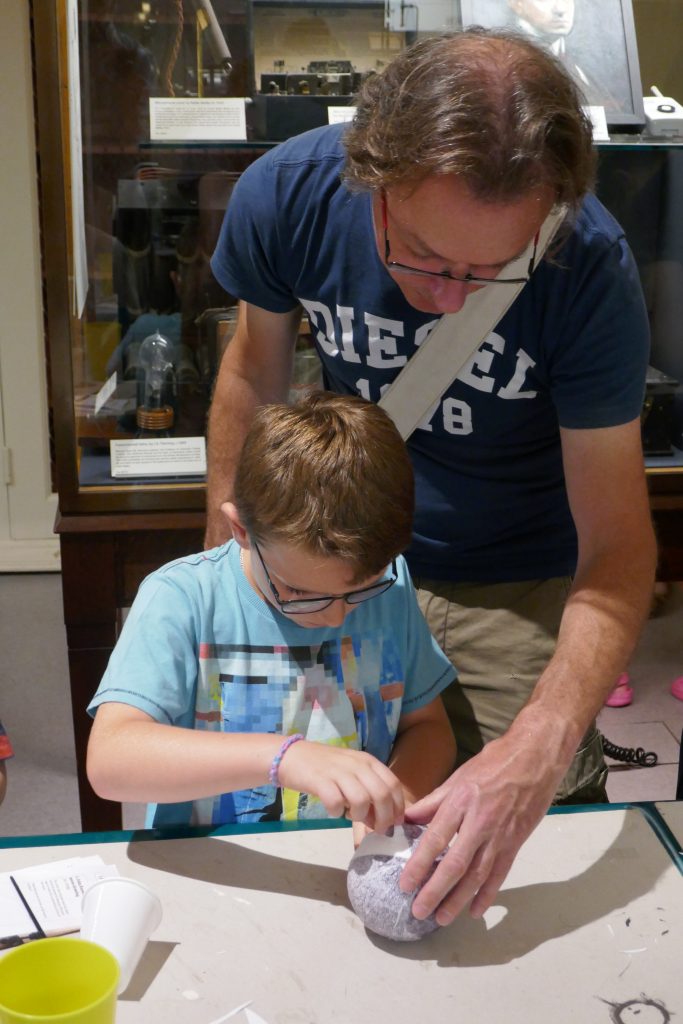
Other activities included lunar trails to discover a range of references to the moon among finely crafted dials and mathematical instruments on display in the museum, and the opportunity for visitors to make their very own Oxford lunar phase calculator.
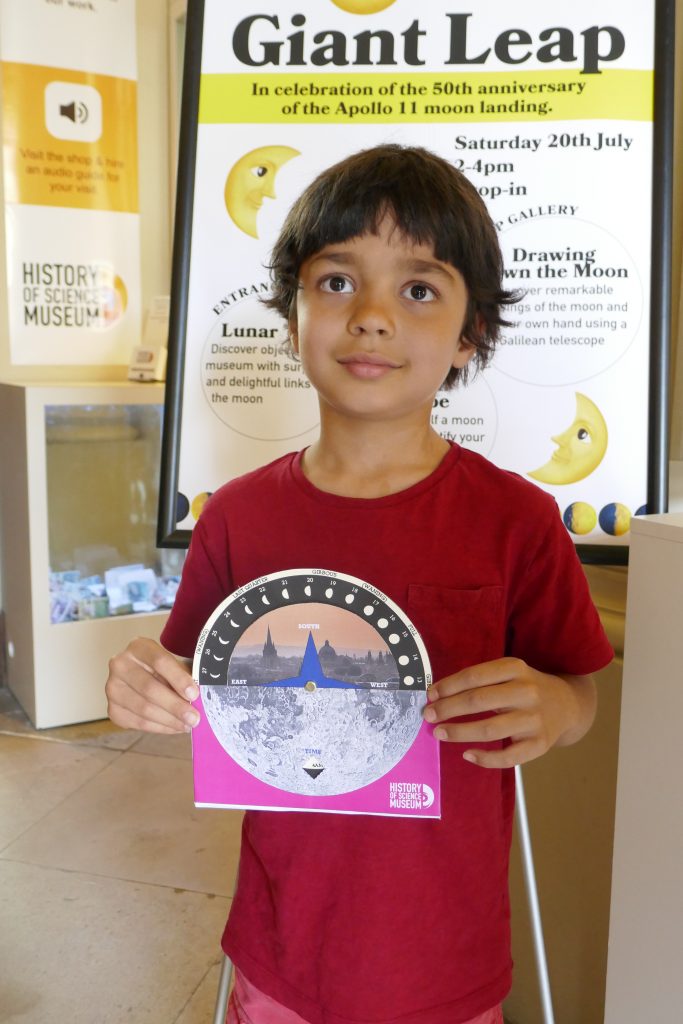
‘One Giant Leap’… was fabulously successful and fun-filled with over 200 participants. As ever, we are hugely grateful to those fine volunteers who helped deliver this event.
